As a parent, you want to give your child every advantage. You’ve probably heard that coding is the language of the future, but that leads to a big question: when should kids learn coding? Is there a perfect age? Do they need to be a math whiz?
The truth is, there’s no magic number. Readiness for coding is less about a child's age and more about their developmental stage and natural interests. Instead of focusing on the calendar, look for key developmental milestones. Recognizing these signs kids are ready for tech can help you introduce programming at the perfect time, ensuring it’s a fun adventure rather than a frustrating chore.
If you’ve been wondering if it’s time for your child to learn to code, here are seven signs to watch for.
1. They Ask "How Does That Work?" Constantly

Curiosity is the engine of innovation. If your child is constantly taking things apart to see the insides (R.I.P. the family toaster) or asking endless questions about how their favorite video game or app works, they are showing a foundational trait of a programmer: the desire to understand systems. This inquisitiveness is a key indicator of tech readiness in kids.
You know: Coding is all about understanding and building systems. This natural curiosity to peek behind the curtain is exactly the mindset needed to explore how lines of code create the digital experiences they love.
2. They Are Natural Problem-Solvers

Do you notice your child trying different strategies to beat a tricky level in a game? Or maybe they build elaborate pillow forts, adjusting the design when a cushion slips. This persistence and willingness to try new solutions when faced with a challenge is the very essence of computational thinking.
At its core, programming is problem-solving. It involves breaking a large problem down into smaller, manageable steps (a process called decomposition) and then methodically testing solutions until one works. This resilience is more important than knowing any specific programming language.
3. They Love Building and Creating
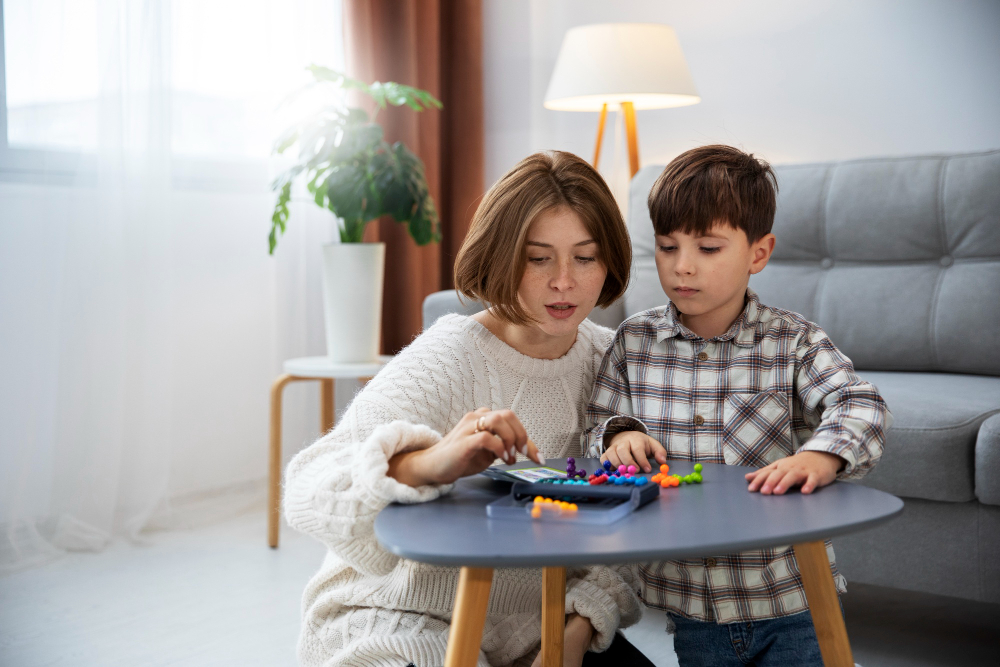
Whether it’s with LEGOs, Minecraft blocks, or just cardboard boxes, a child who loves to build things from their imagination is a natural creator. They are taking basic components and arranging them in a specific sequence to create something new.
This is a perfect analogy for coding! Programmers use blocks of code (the basic components) and arrange them in a logical sequence to build a website, an app, or a game. If they love building, they'll likely enjoy the creative power of beginner coding for children.
4. They Can Handle a Little Frustration

Learning to code involves a lot of trial and error. You write some code, it doesn't work, and you have to figure out why (this is called "debugging"). A child who doesn’t immediately give up when a puzzle is hard or a LEGO tower falls has the tenacity required for programming.
How it connects to coding: Debugging is a huge part of the coding process. Having the emotional maturity to handle small setbacks and see them as challenges to be overcome is one of the most important signs kids are ready for tech.
5. They Enjoy Logic Puzzles and Strategy Games
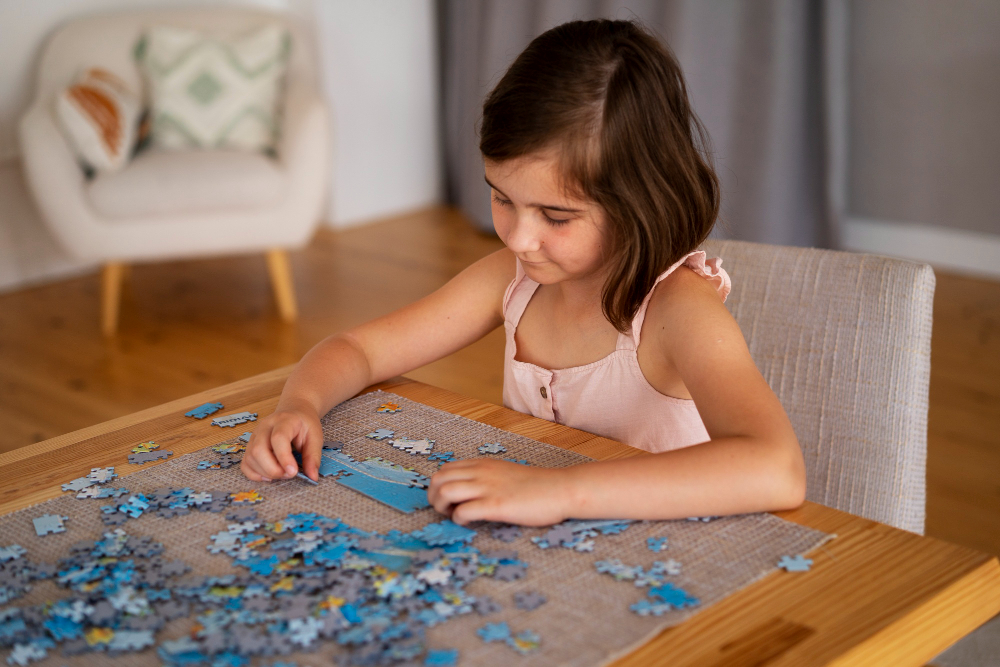
Does your child enjoy board games like Chess or Settlers of Catan? What about logic puzzles like Sudoku or maze challenges? These activities require forward-thinking, strategy, and understanding cause-and-effect relationships ("If I make this move, then my opponent might do that").
This "if-then" logic is the bedrock of programming. Conditional statements (IF this happens, THEN do that) are fundamental building blocks in every coding language. A love for these games shows their brain is already primed for computational thinking.
6. They Can Follow Step-by-Step Instructions
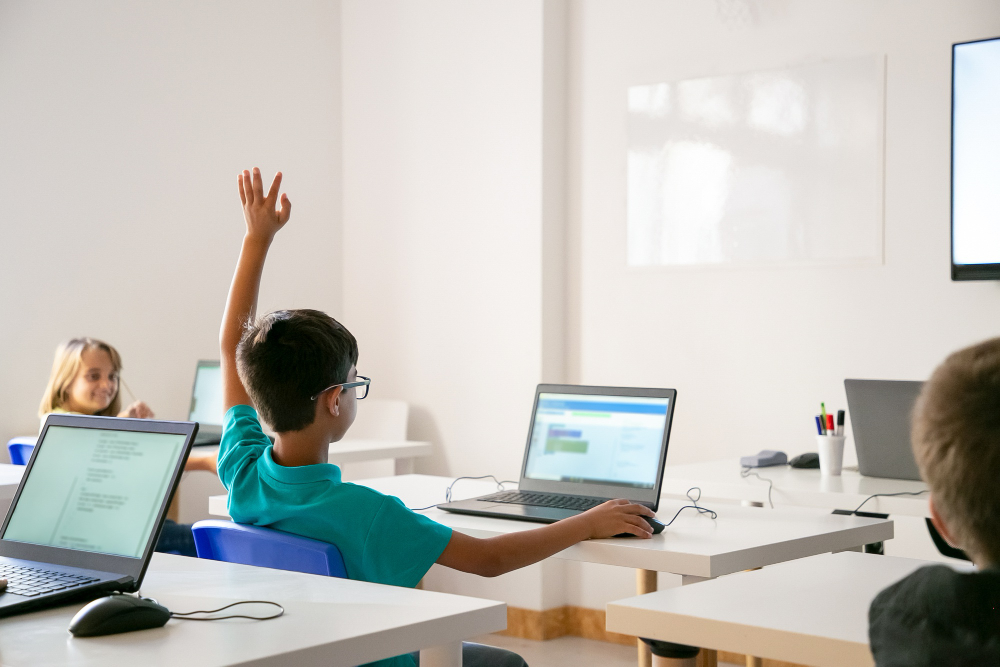
Can your child successfully follow a multi-step recipe to bake cookies (with your help, of course) or build a complex LEGO set by following the manual? This ability to follow a sequence of instructions is crucial.
An algorithm is like a recipe or a set of clear instructions, a sequence of steps that need to be followed in the right order to achieve the desired result. For beginners, especially children learning to code, grasping that the order of steps matters is crucial. If you mix up the sequence, the outcome can be unexpected or incorrect, much like the example of putting shoes on before socks, which doesn’t work as intended.
7. They Are Already Tech-Savvy
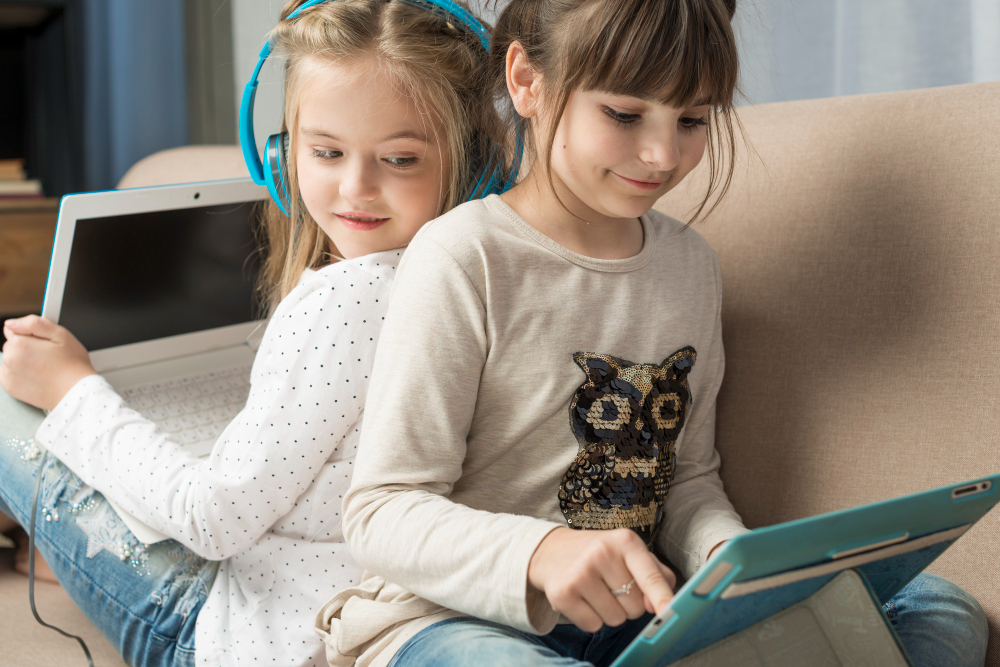
If your child can navigate a tablet, find their favorite shows on a streaming service, or master new game controls with ease, they've already demonstrated an intuitive understanding of digital interfaces. This comfort with technology is a great foundation to build upon.
This digital literacy removes the initial fear factor of using a computer or tablet for a new purpose. It shows they are ready to move from being a passive user of technology to an active creator of it.
What's Next? Nurturing Their Interest
If you recognize these signs in your child, it's a great time to introduce them to the world of coding! You don't have to sign them up for a university-level course. Start simple:
- Visual Block Coding: Platforms like ScratchJr (ages 5-7), Scratch (ages 8+), and Code.org use drag-and-drop blocks that teach programming logic without the frustration of typing syntax.
- Game-Based Learning: Apps and games like Kodable and Tynker turn coding into an interactive adventure.
- Coding Toys: Robots like Sphero or LEGO Boost allow kids to see their code come to life in the physical world.
- Online Courses with Expert Guidance: For a more structured path, platforms like TechTrain offer online courses where kids can learn directly from tech experts, receiving personalized feedback and live instruction to accelerate their learning journey.
-
The journey to help your child learn to code starts with observing their natural talents. By recognizing their readiness and providing fun, age-appropriate tools, you can unlock a world of creativity and problem-solving that will benefit them for years to come.
.avif)

.avif)


.avif)


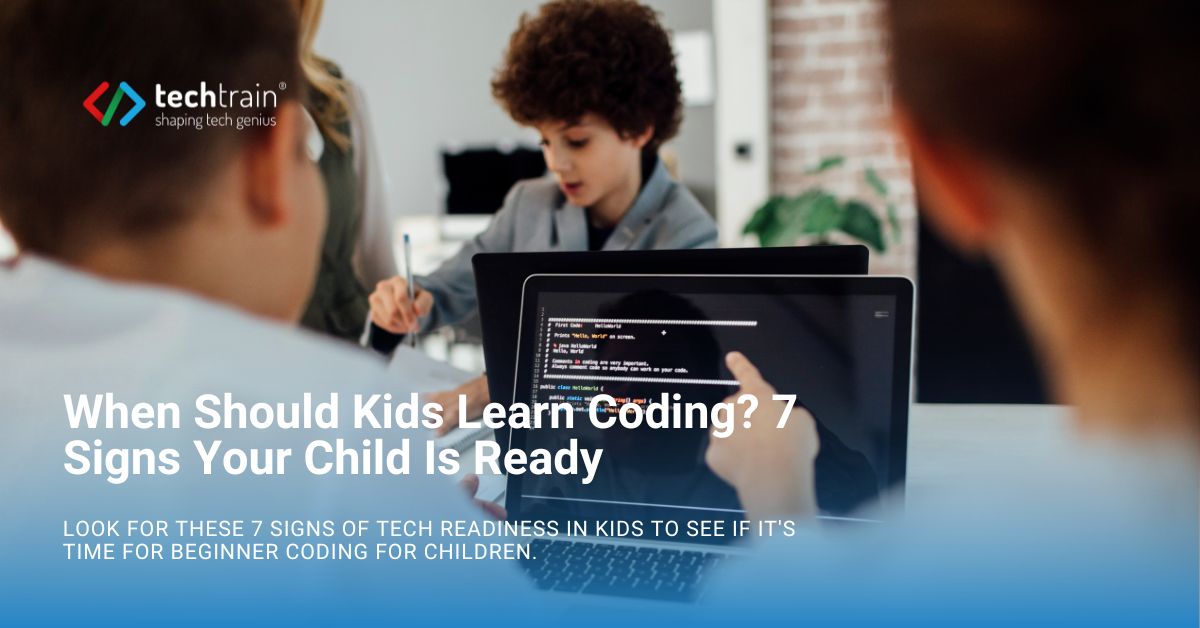






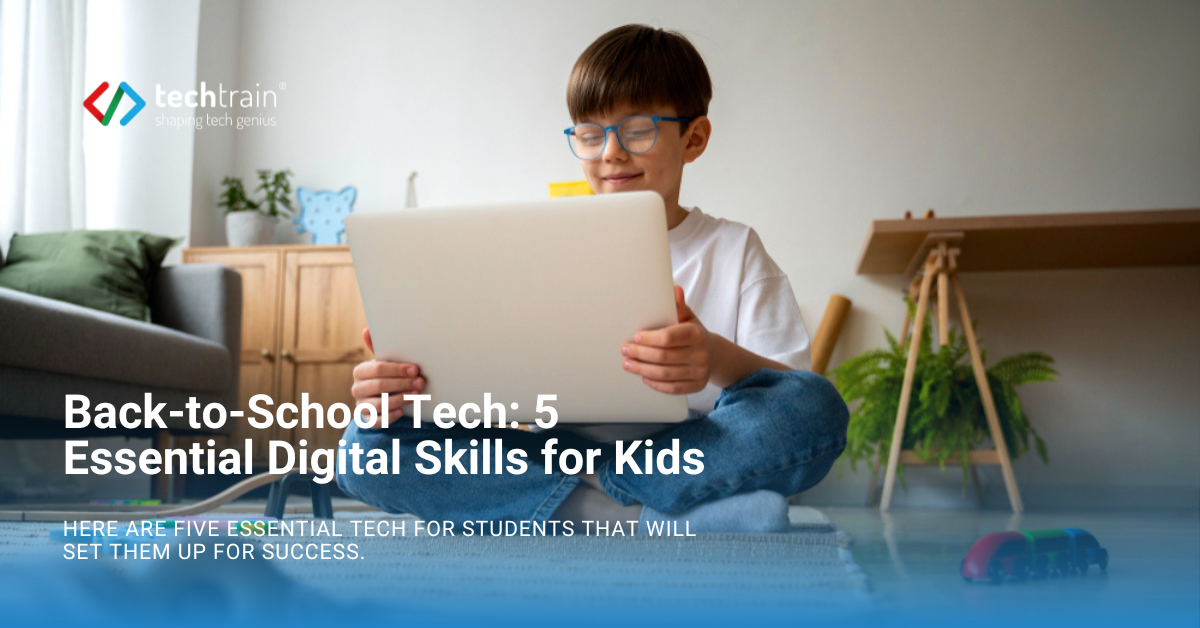


.avif)
.avif)

.avif)
.avif)
.avif)
.avif)



.png)
